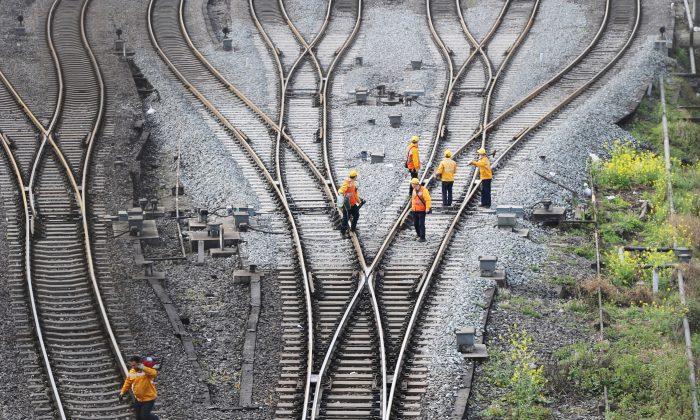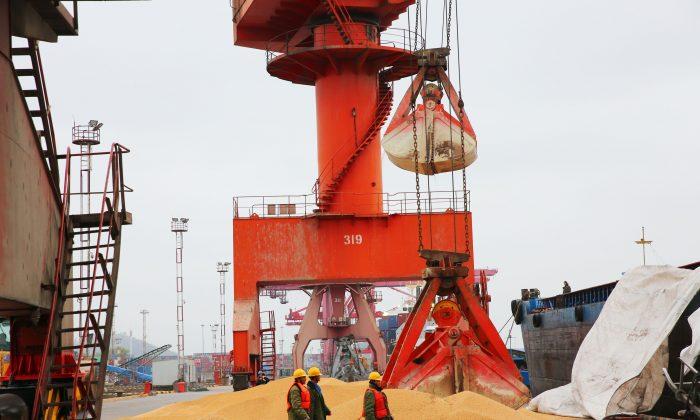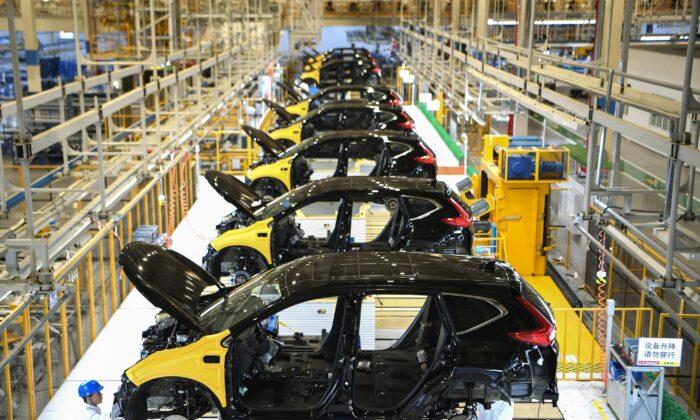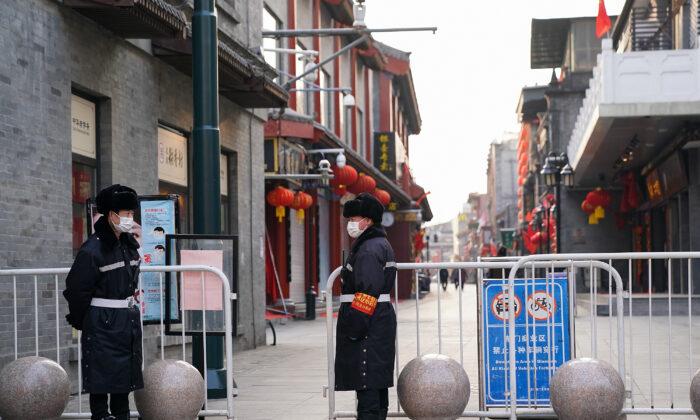News Analysis
The CCP virus may destroy the Chinese regime’s Belt and Road Initiative (BRI), which since 2013 has launched more than 2,900 projects valued at $3.87 trillion, according to a new report by Oxford Business Group.
Chinese leader Xi Jinping says he drew inspiration for BRI (also known as One Belt, One Road) from the Silk Road established 2,000 years ago during the Han Dynasty to connect China with the Mediterranean. The ‘Silk Road Economic Belt’ links China by land to Southeast Asia, Central Asia, and Russia.
Meanwhile, its ‘21st Century Maritime Silk Road’ overlays the British Empire’s 19th-century trade routes by connecting to 138 countries, including 38 in sub-Saharan Africa, and 18 Caribbean and Latin America nations.
China has become the world’s largest bilateral creditor, according to a study by Germany’s Kiel Institute, with BRI projects offering access to financing from Chinese state-owned policy banks and specialist funds. The study documented that the combined debt owed to China by a group of 50 developing nations had grown to an average of more than 15 percent of GDP by 2017 from 1 percent of GDP in 2015.
Unlike multilateral institutions such as the World Bank, China’s policy banks lend money at commercial interest rates and are secured by collateral, such as oil or commodities. Similar to colonial infrastructure work under the British Empire, BRI assigns projects to Chinese contractors, workers, and suppliers, rather than requiring competitive bidding.
While fully aware in mid-January that the CCP (Chinese Communist Party) virus, commonly known as the novel coronavirus, had become an epidemic across the nation, officials in China signed 33 bilateral BRI agreements to accelerate the China–Myanmar Economic Corridor. New projects included rail links and a deep-water port at the Myanmar city of Kyaukpyu to allow direct access for Southwest China to connect to the Indian Ocean.
As the CCP virus became a global pandemic, BRI host governments have shut down nonessential industries, and asked citizens to stay at home, a report by research firm Oxford Business Group (OBG) notes.
“Restrictions on the flow of Chinese workers and construction supplies have been cited as factors for project suspensions or slowdowns in Pakistan, Cambodia, Indonesia, Myanmar, and Malaysia,” the report says.
Some poorer nations are suspending BRI project spending to prioritize medical and health care assistance needs, according to Chris Devonshire-Ellis of tax and accounting consultants Dezan Shira & Associates. With the CCP virus causing a global economic depression, BRI projects using large numbers of Chinese construction workers are now a very contentious issue for host nations, Devonshire-Ellis said.
BRI has been a major driver of big-ticket infrastructure developments in the so-called yellow slice of the global economic pie that accounts for 21 percent of the global population, but only 10 percent of global GDP, OBG states. Economists estimate that the 35 emerging nations could grow twice as fast as advanced nations, but warn that investing in these nations represents high-risk, high-return opportunities.
Examples include Egypt, which is ranked in the Refinitiv BRI Database as the nation with the second-highest number of BRI-linked projects by volume, second only to Russia. As a “yellow slice” nation with a GDP of $250 billion, Egypt has 109 BRI ventures under construction or in the pipeline, with a cumulative value of $100 billion.
Saudi Arabia, with 106 BRI projects, is ranked fourth-highest by volume, but it’s the second-highest by value at $195.7 billion. Burma (also known as Myanmar), Indonesia, and the United Arab Emirates also make the top-10 rankings for both project volume and value.
Many BRI ventures were financially distressed prior to the CCP virus pandemic. When Sri Lanka defaulted on $1.3 billion in BRI debt in December 2017, it ceded more than 70 percent of its strategic Hambantota Port on the Indian Ocean to a Chinese state-owned firm for a 99-year lease. But when Burma was unable to service $7.3 billion in BRI debt in 2018 for its Kyaukpyu port, China was forced to renegotiate the loan down to $1.3 billion.
OBG argues that the CCP virus-induced economic slowdown threatens to increase the debt burdens on developing economies, and places China itself under added fiscal pressure.
The Chinese regime has privately renegotiated BRI defaults on a government-to-government basis. But due to the scale of its lending, Beijing was forced to join the G-20 agreement on April 15 for a bilateral debt repayment moratorium for the least developed nations.





